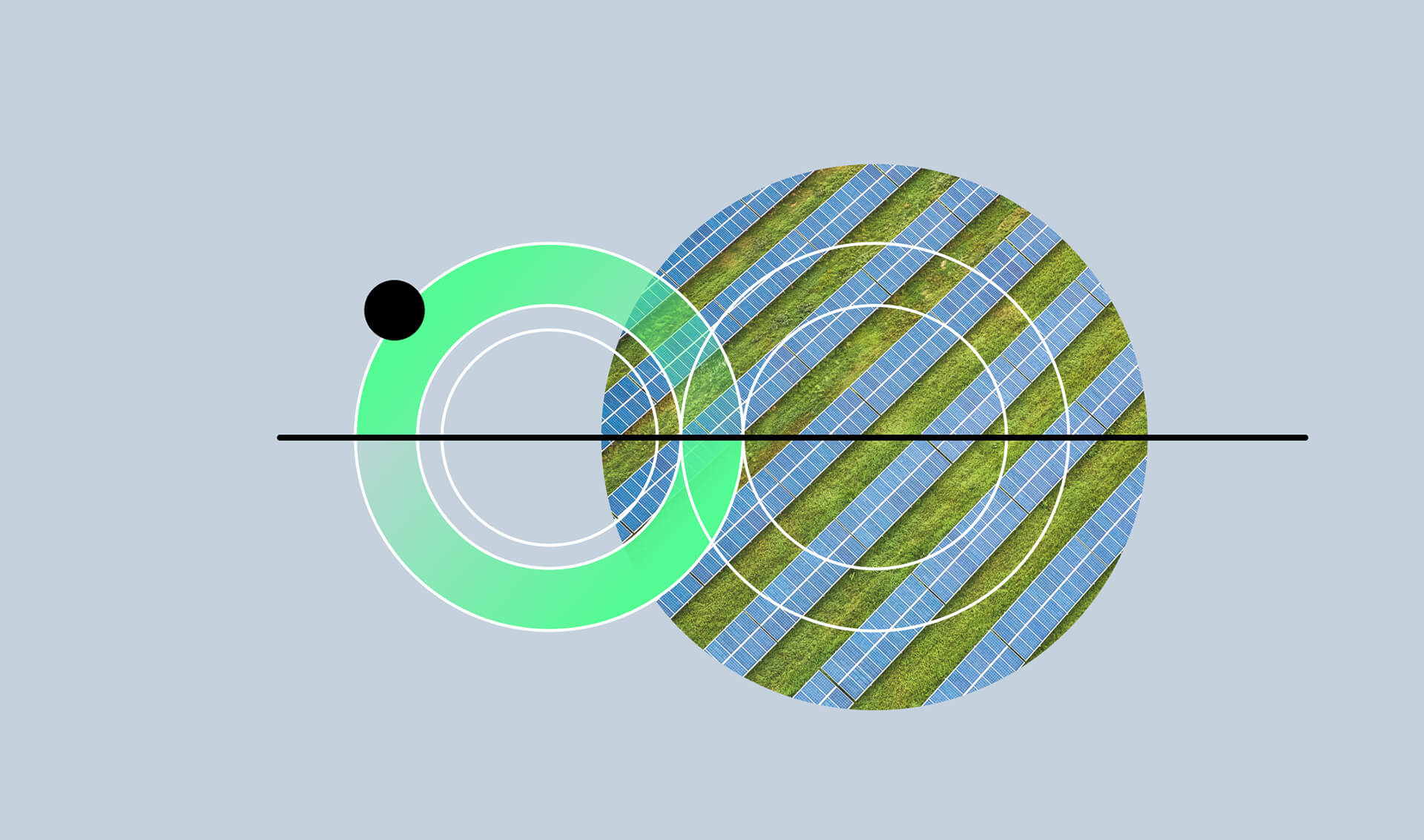

Sustainable Design
Written by
Sandeep Ozarde
Written by
Sandeep Ozarde
Sustainable Design
Sustainable design seeks to minimise the negative environmental impact of a product, building, or system while considering social and economic factors. While sustainability and environmentalism are often closely related, sustainable design is not necessarily limited to environmental concerns. Instead, it takes a holistic approach to design that considers a product's or system's long-term impacts on all aspects of society and the environment. In practice, sustainable design involves considering the entire life cycle of a product or system, from raw material extraction and production to disposal or recycling. It also involves considering the efficiency of resource use and the potential for the reuse or repurposing materials.
One important aspect of sustainable design is using materials and energy efficiently and responsibly. This can include using renewable resources, such as solar energy or wind power, as well as using recycled materials or those with a lower environmental impact. Sustainable design also considers a product's or system's impact on human health and well-being. This can include using non-toxic materials, promoting natural light and ventilation, and having features that enable physical activity and social interaction.
Designers play a critical role in shaping the future and creating a more sustainable world. Through their work, designers can help to reduce environmental impacts, develop products and systems that are more efficient and less resource-intensive, and create solutions to social and ecological problems.
Digital technologies, including the internet, social media, artificial intelligence and cloud computing, have also played a significant role in sustainable design by enabling designers and organisations to communicate and collaborate more efficiently and providing access to information and resources that can help designers make more informed decisions. In the digital future, sustainable design will likely become even more critical as the world continues grappling with climate change and resource depletion issues. As such, designers will need to be increasingly mindful of their work's environmental impact and find ways to incorporate sustainability into their design process. This might involve using digital tools to optimise materials and energy use and track and measure the environmental impact of products and systems over their lifecycle. A sustainable digital future is one in which the use of digital technologies and the reliance on the internet are balanced with the need to protect the environment and preserve natural resources. It also means ensuring that all people have equal access to the benefits and opportunities that digital technologies can provide.
Digital technologies and the internet rely on energy to function, and it is important to ensure that this energy is used efficiently and sustainably. This can be achieved by using renewable energy sources, such as solar or wind power, and by designing digital systems and devices to be as energy-efficient as possible.
The production and disposal of digital technologies and devices can significantly impact the environment. To ensure a sustainable digital future, it is important to use resources responsibly and minimise waste. This can be achieved through the use of recycled materials, the design of products for durability and repairability, and the implementation of effective recycling programs.
To fully participate in the digital world, all people must have access to the necessary tools and resources, including affordable internet access, devices, and training. This can help ensure that digital technologies' benefits are shared fairly and that no one is left behind.
Ensuring the privacy and security of personal information online is critical to a sustainable digital future. This includes protecting against cyber-attacks and other forms of online harassment and ensuring that individuals have control over their own data and how it is used.
Overall, sustainable design is about creating products and systems that are not only environmentally friendly but also socially and economically viable over the long term. It is an approach that seeks to balance people's and the planet's needs and create a more sustainable future for all.